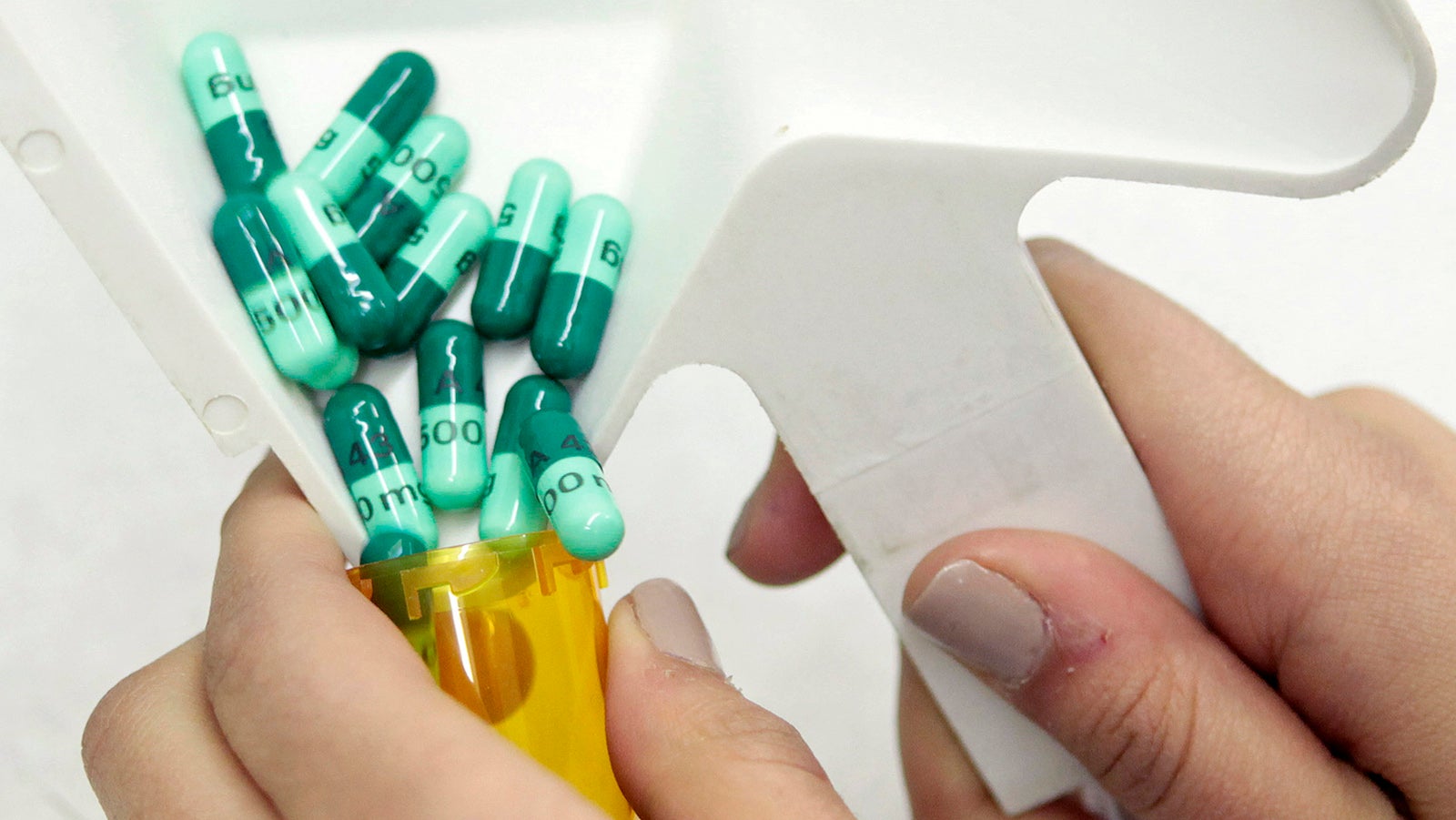Science said a popular antidepressant was safe for teens—and then changed its mind
In the mid-1990s, 275 depressed teenagers enrolled in a clinical trial for a big drug company’s new antidepressant. After years of testing, researchers declared the drug safe and effective for teenagers as well as adults, and it’s been sold on the global market for the last 14 years. In the US, the drug—paroxetine, popularly marketed as Paxil—is one of a handful of mood pills prescribed for the country’s millions of teenagers suffering from depression.


In the mid-1990s, 275 depressed teenagers enrolled in a clinical trial for a big drug company’s new antidepressant. After years of testing, researchers declared the drug safe and effective for teenagers as well as adults, and it’s been sold on the global market for the last 14 years. In the US, the drug—paroxetine, popularly marketed as Paxil—is one of a handful of mood pills prescribed for the country’s millions of teenagers suffering from depression.
But it shouldn’t be, according to a grim study published Wednesday (Sept. 16) in the major journal BMJ.
Taking a closer look at the original study’s data, made public from a 2004 court settlement, the new study’s authors found the original had mislabeled critical side effects like suicidal behavior as “emotional lability,” allowing the drug to slide through safety standards even though some of its test subjects had contemplated killing themselves. Further warping the study’s results, according to the new report, were one of the authors’ ”undisclosed financial conflicts of interest“ and the fact that the final draft was written by a medical ghostwriter.
The conclusion of the new authors, including an early naysayer (paywall) of the study at Bangor University in Wales: A reexamination of the raw data from the 1990s shows Paxil is not safe for teenage use at all.
It isn’t the first time the original study’s been called into question. Though the US Food and Drug Administration (FDA) approves Paxil as an antidepressant, it has voiced concern about the effects on teenagers. A 2002 FDA report dismissed the study as a “failed trial,” and by 2003 the agency started cautioning about suicide risk for children and teens. In 2006, the FDA and the drug’s maker, GlaxoSmithKline, put a warning on the drug’s packaging about the risk of suicidal thoughts and behavior for those aged 18 to 30. By that point doctors had already written millions of off-label prescriptions for teenagers and children, thanks to a well-executed marketing campaign touting Paxil’s efficacy.
That the BMJ journal exhaustively disputed the findings of another highly-regarded medical journal suggests academic publishers are starting to combat the troubling trend of publishing wrong, problematic, or blatantly fake research. Experts say it’s crucial for doctors and researchers to call out faulty data—not just for the good of patients, but also to preserve the sanctity of science.
For their part, the original study’s authors said in a letter to the correction-tracking site Retraction Watch that the reanalysis of the data was “pejorative and wrong” in light of ”best research practices at the time, and in terms of a retrospective from the standpoint of current best practices.”
A representative from GlaxoSmithKline told Quartz that the company does not believe the reanalysis affects patient safety, since the increased risk of adolescent suicidality with Paxil is already “widely known.”
Peter Doshi, a BMJ associate editor, tagged a long, reproachful editor’s note onto the new Paxil study:
“It is often said that science self corrects. But for those who have been calling for a retraction of the Keller paper for many years, the system has failed. None of the paper’s 22 mostly academic university authors, nor the journal’s editors, nor the academic and professional institutions they belong to, have intervened to correct the record.
The paper remains without so much as an erratum, and none of its authors—many of whom are educators and prominent members of their respective professional societies—have been disciplined. …
It has proved no easier to get the professional society to talk.”